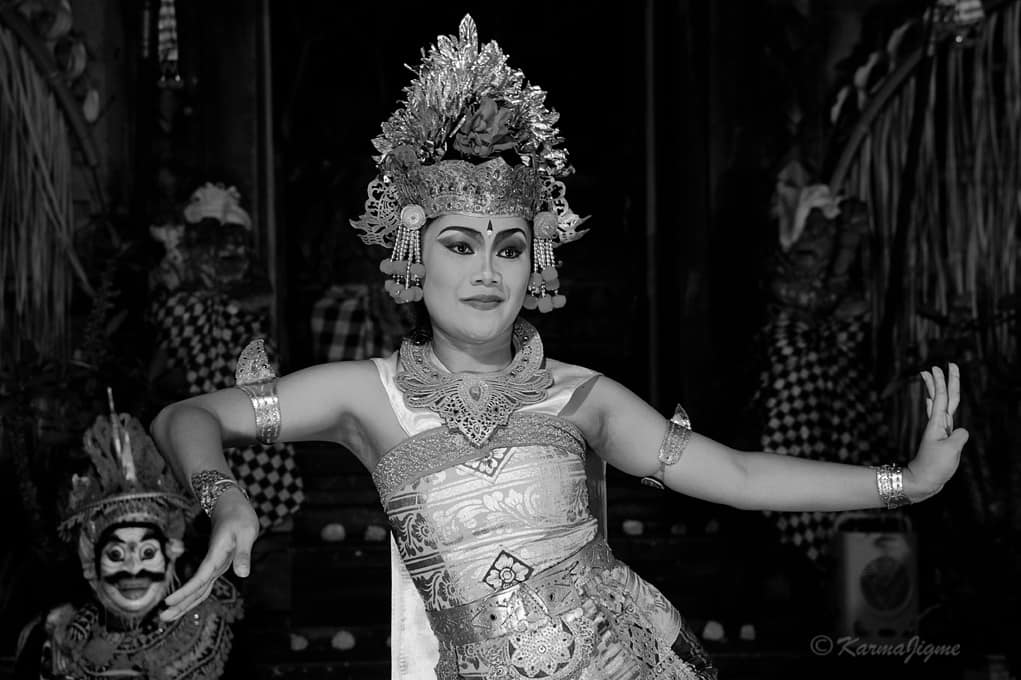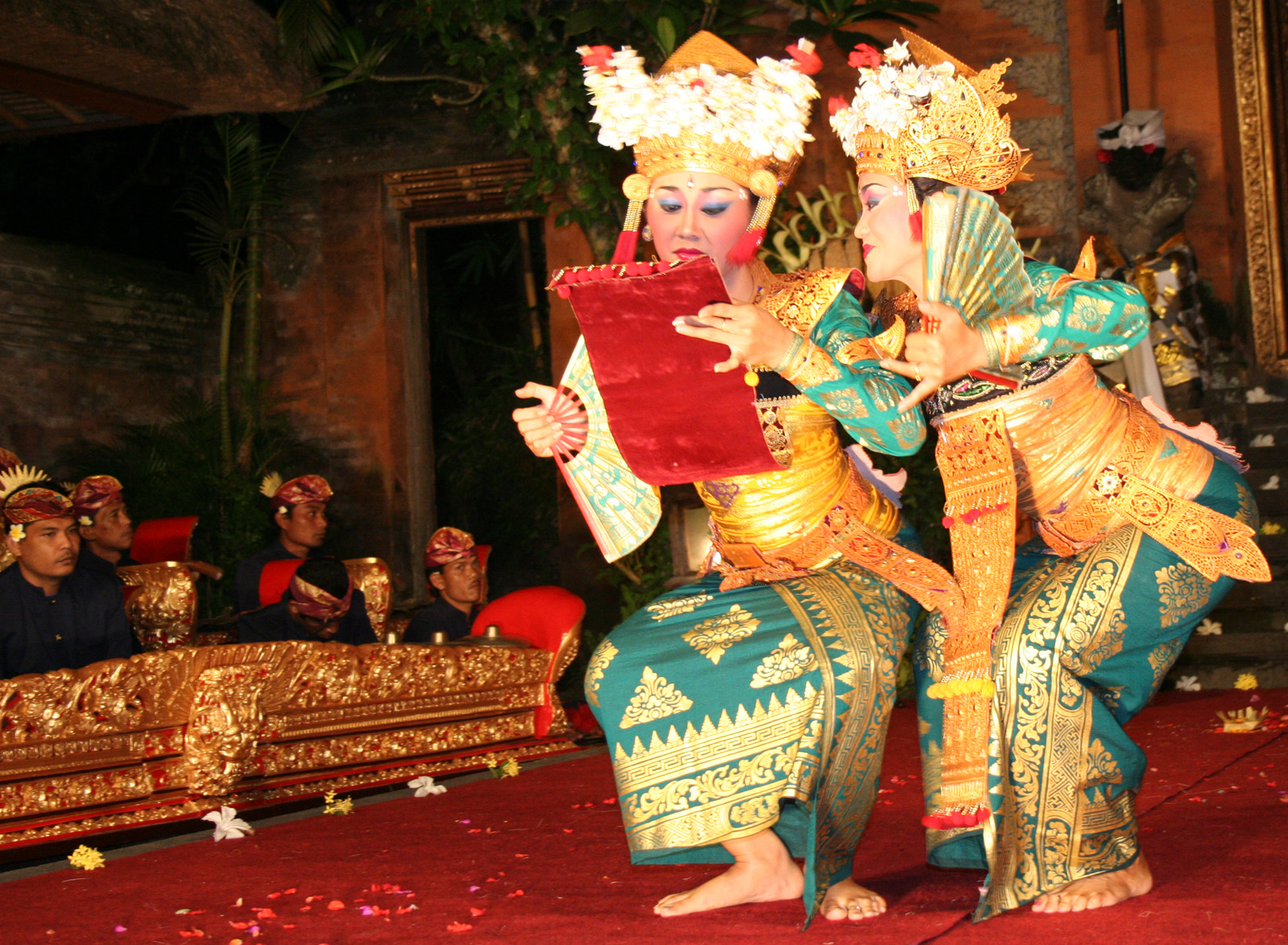Legong Dance: Myth, Magic, and the Untold Stories of Bali!
I am already mesmerised, and now it's your turn to delve into the world of this fascinating performing art. So, dear readers, join me as we journey together into the shadows of the past to illuminate the brilliance of Legong, a dance that deserves to step into the spotlight of our historical consciousness.
Among Bali's most aesthetically engaging royal court acts is the Legong Dance, or simply "Legong." Primarily young female actors perform the dance, which is regarded as one of the most respected classical performances on the island. It is well-known for its strenuous positions and quick motions that ask for a high degree of flexibility. The dance, perfectly choreographed to a predetermined sequence, has survived for many generations.
The locals refer to the Legong Dance by its full name, 'Legong Kraton,' which translates to 'dance of the royal palace. Girls who were young and had yet to reach puberty were customarily the legong dancers. They start their intense training when they are around five years old. These dancers, who are highly esteemed in society, typically marry affluent businessmen or royal figures. They would cease dancing after being married. But today's Indonesian dancers can be of any age, and recordings of men performing in women's costumes also exist.
Legong likely got established in the 19th century as a kind of regal recreation. According to legend, a Sukawati prince who became ill dreamed of two maidens dancing to gamelan music. After his recuperation, he made arrangements for these dances to be performed in real life. Some people think that the Sanghyang Dedari, a ritual in which two young girls voluntarily became possessions of good spirits, is where the Legong had its start. In public festivals, legong is also being performed. Tourists are treated to scenes from Legong dance plays.
The highly styled Legong Kraton performs an abstract and refined sort of performing art. Three dancers portray the story: a female court attendant called a condong and two legongs outfitted alike who take on the roles of royalty. Consistent across several stories, the condong character is a classic example of a maidservant and has presented a number of princess characters, both Balinese and non-Balinese, such as Miranda, Rangkesari, and Ophelia.
They portray stories related to royal families and perform a number of classic tales. The most well-known is a compilation of heroic tales called the story of the East Javanese monarch of Lasem from the Malat.
The narrative is based on events that occurred in East Java during the 12th and 13th centuries. In the woods, a king rescues the lost maiden, Rangkesari. After bringing her home, he confines her to a stone house. Upon learning of her incarceration, Rangkesari's brother, the Prince of Daha, vows to declare war unless she is freed.
The monarch would rather fight, despite Rangkesari's pleas for her captor to release her in order to prevent war. He meets a bird of evil omen on his route to combat, which foretells his demise. He gets slain in the ensuing struggle. The dance portrays the King bidding adieu to the bird and his foreboding meeting with it as he heads into the battlefield.
The characteristic costumes of the performers, which include a large, heavy golden flower headgear and full regalia from the shoulders to the feet, make the Legong, which portrays angels dancing magnificently in the sky, visually striking. Despite the weight of their costumes, trained dancers move with ease.
The little dancers gleam and sparkle. Without throwing off the dance's harmony, the dancers go from one persona to the next. They could seem like a character's twin, their actions precisely timed to one another. Following that, they may divide, with each playing a distinct part, and then reunite. For instance, at a romantic moment where they touch noses, the King bids Rangkesari farewell. He flees in rage, only to die on the battlefield as she beats him back with her fan in response to his advances.
As we wrap up our exploration, I'd love to hear about your experiences if you've had the chance to visit Bali and witness this beautiful art form firsthand. Were you already familiar with the Legong dance, or did this blog post introduce you to its mesmerising world? Please share your thoughts in the comments section.
Thank you for joining me on this journey through the captivating history of Legong. Your presence on my readers' list is truly appreciated. In the coming week, I have something delightful in store. If you have any suggestions, please don't hesitate to share them with me. Until then, take care, and see you next time!




Comments
Post a Comment